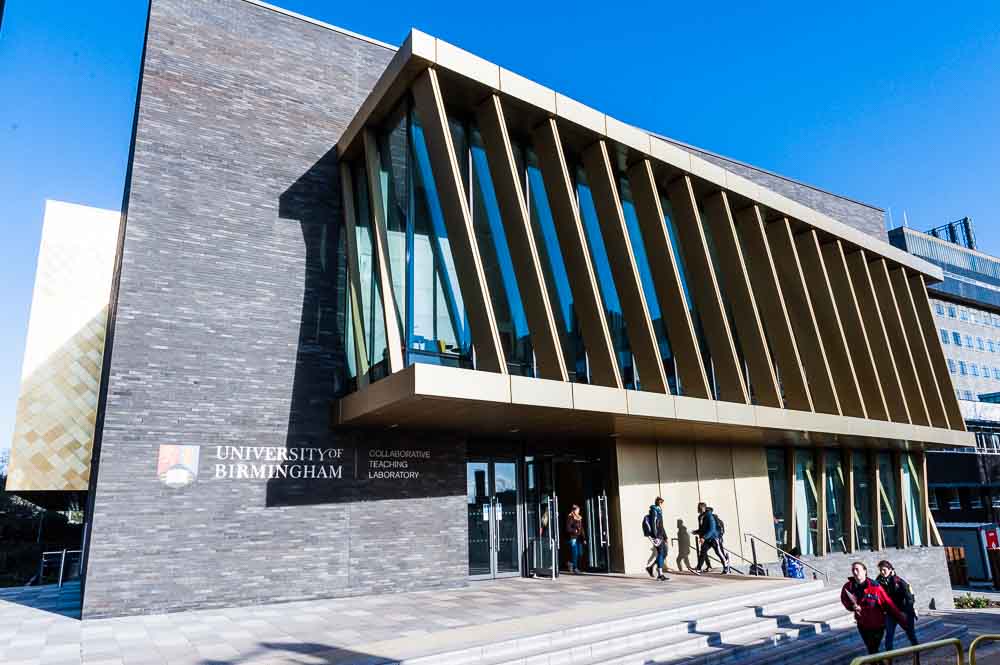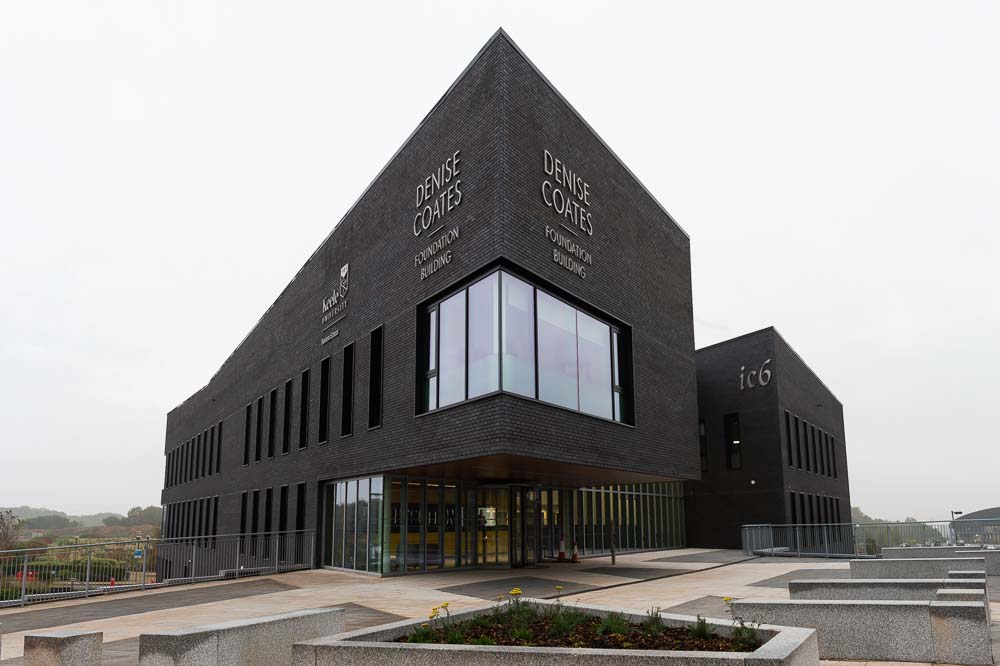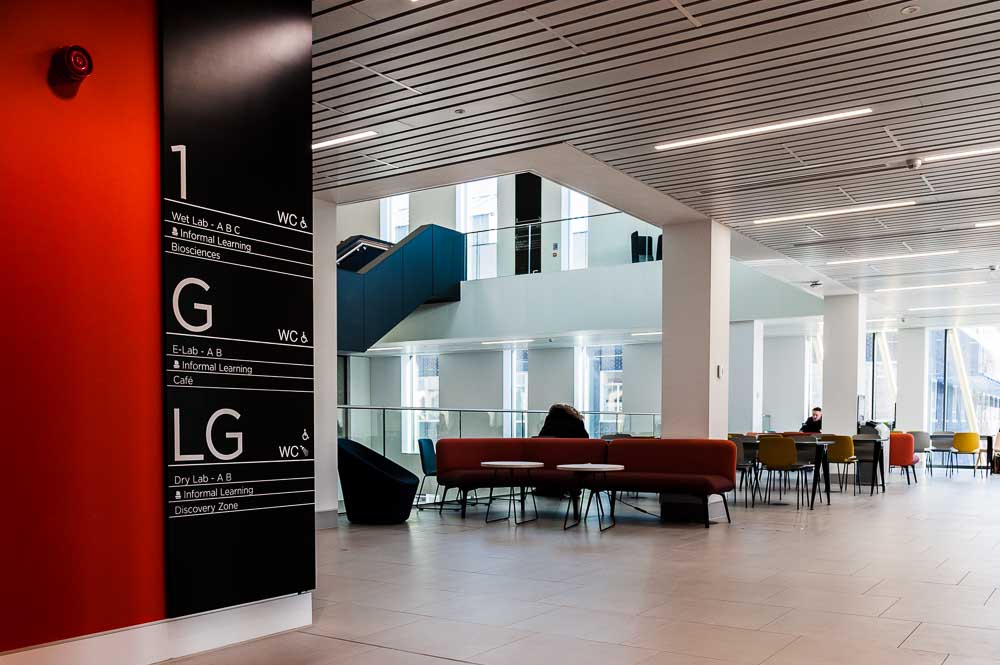Good signage is important as signs help with wayfinding and information. Good signage can also highlight branding and draw more attention to accessibility and health and safety. There are several factors that mean a university campus should have good signage and they make university campus’ a unique space.
In this article we will look at why a university campus is such a unique space. We’ll break down why signage plays such an important part for wayfinding and health and safety. At the end we’ll link to the second part that looks at branding, accessibility and information signage.
As a home, school and event space, university campus’ typically also have the following facilities:
- Specialised sports areas and gyms
- Finance offices and ATMs
- Shops, bars, cafés, and eateries
- Lecture theatres, classrooms, and studios for different disciplines
- Accommodation, kitchens, bathrooms, and laundry services
- Specialised areas for science, art, and technology courses
- Staff rooms, offices, and service areas such as groundskeeping and workshops
- Libraries and IT centres for study as well as social study spaces and break-out rooms
- Multi-faith centres, art galleries and performance theatres
- Toilets, baby-changing facilities and changing rooms
Students and staff spend enormous amounts of time on the campus, yet each year, new students arrive, and others leave so there is a constant flux of incoming and outgoing people. The public can visit and often, campus’ hold events for stakeholders and private customers.
A few universities in the UK can have as little as 500 students however around 50% of UK universities have over 10,000 students alone. This increases to over 20,000 enrolled students for the top 50 highest enrolled universities in the UK. Not every student is present on a campus, but the amount of teaching and support staff needed to look after that many students is large.
The amount of people on a university campus at a time, the various activities that take place and the range of different buildings means good signage is not just important, it’s vital.


University Campus Wayfinding Signage
A university campus can be quite large and complex, with multiple buildings and facilities. Good signage helps visitors and students find their way around campus and locate specific buildings, classrooms, and offices.
In order to be effective signage, a comprehensive wayfinding strategy needs to be undertaken before the signs are added. This would involve reviewing the campus top down on a map, navigating the routes personally and including a testing phase. The test walkthroughs ought to be delivered by people with a variety of attributes. For example; staff who already know the area, and people who are unfamiliar with it. Both groups should consist of people who use wheelchairs, people with impairments, and people who are neurodiverse to ensure the wayfinding is suitable for everyone.
Health and Safety Signage On A University Campus
In case of emergencies such as fires, injuries or other hazards, clear and visible signage can help guide people to the nearest exits, assembly point or public defibrillator. To be as visible as possible it helps if this kind of signage is a different colour and style to any other signage. It should also be uniform with itself, for example, all assembly points could be green, rectangular panel signs. It is much easier for people to find when they know what they are looking for.
Clear and simple signage is easier for people with visual impairments to see, and the placement must be unobstructed and easy to get to so that the signs can be regularly maintained.
There is more to a university signage strategy than just wayfinding and health and safety. It is important for the university brand to be recognised through signage. In the second part of this blog learn how accessibility signage can be incorporated and why signage is key for getting information through to visitors, students and staff.


